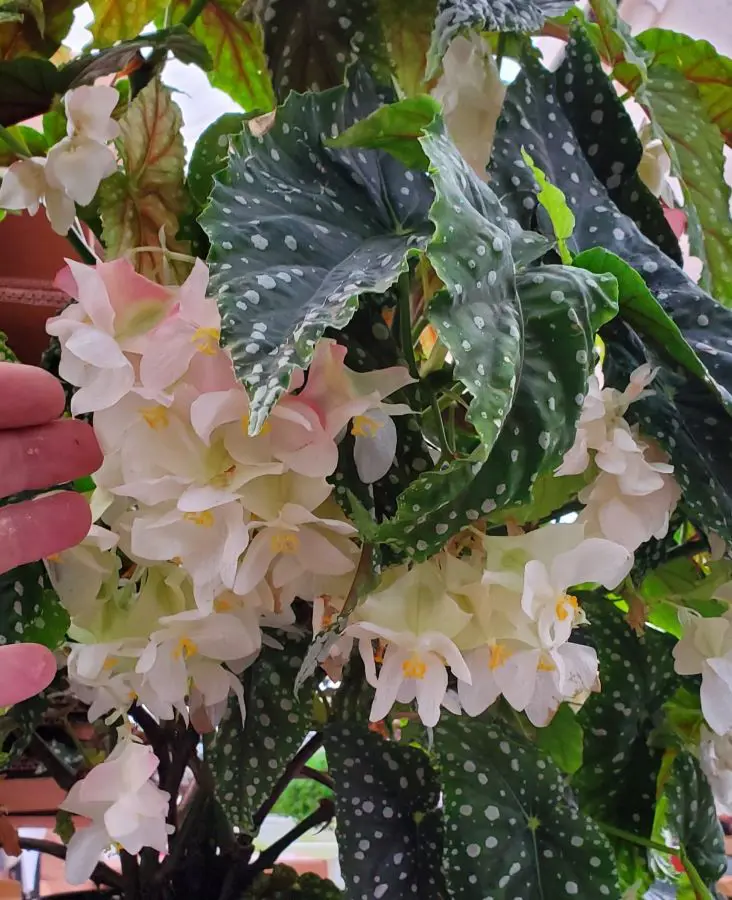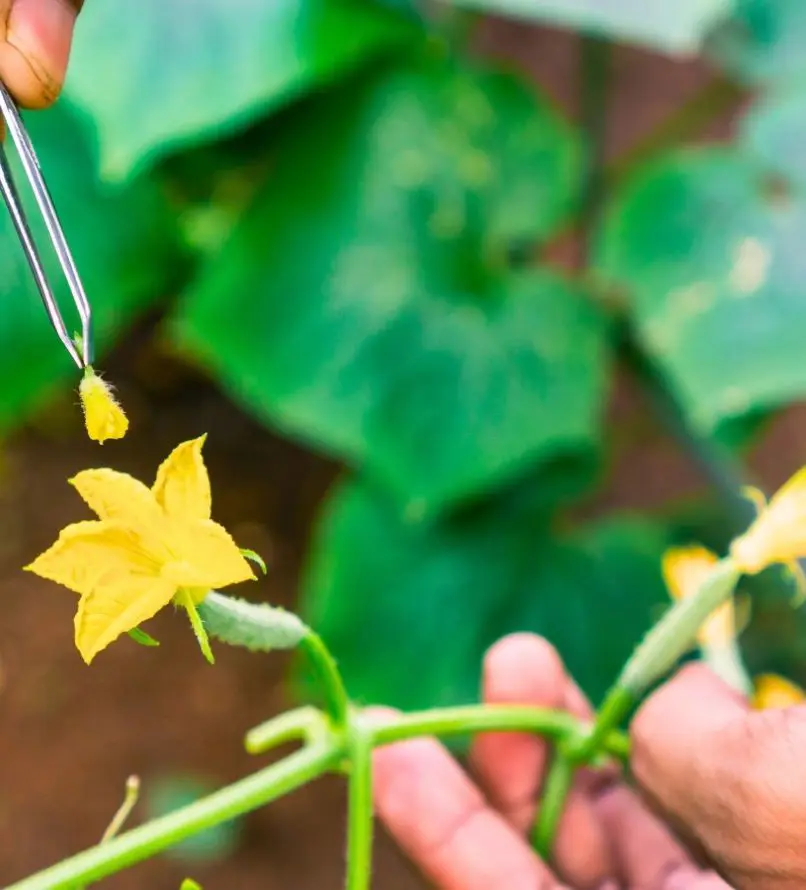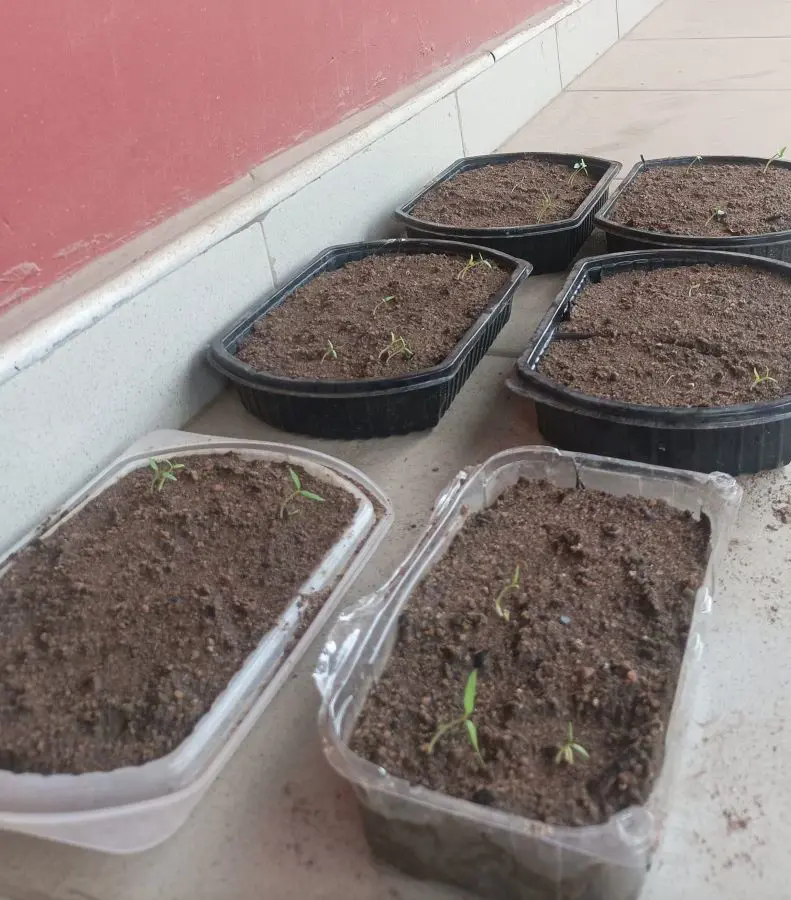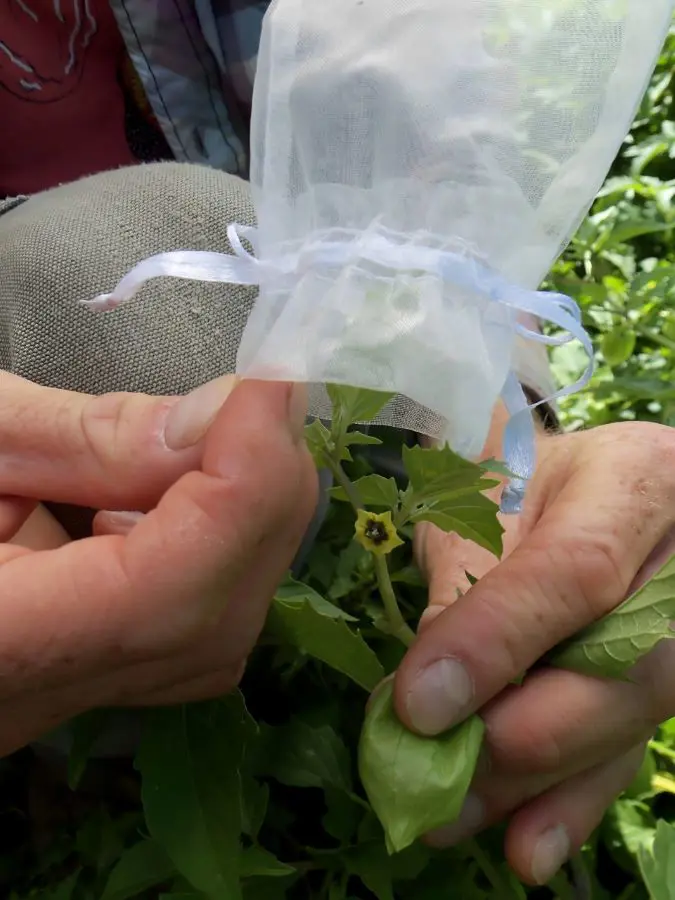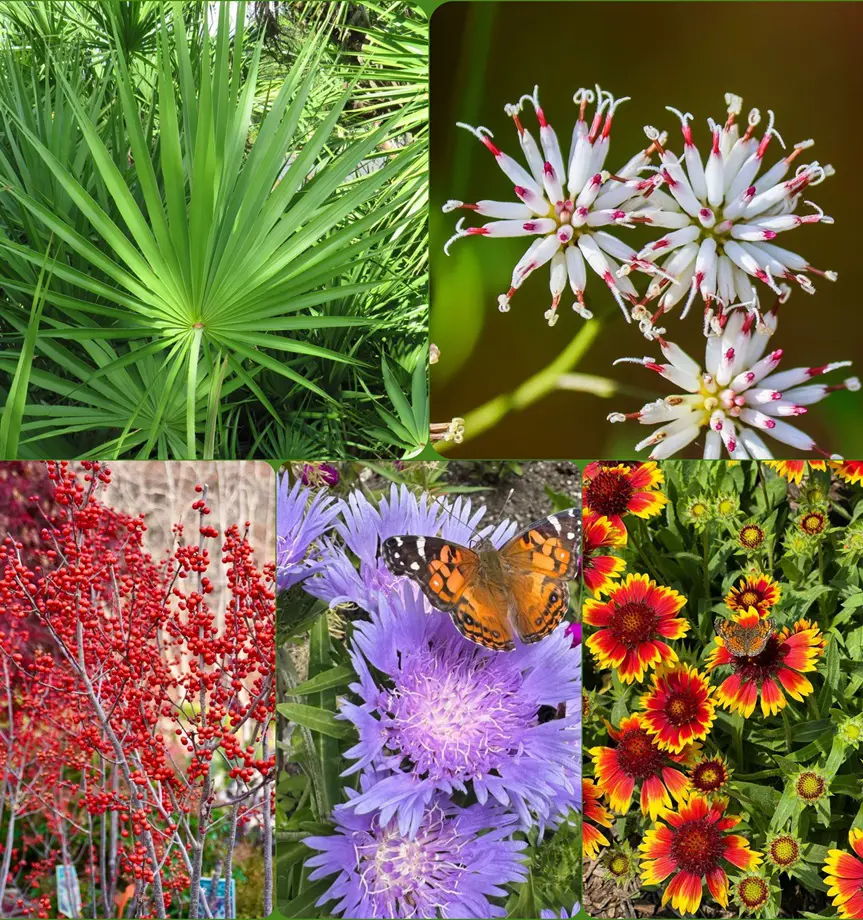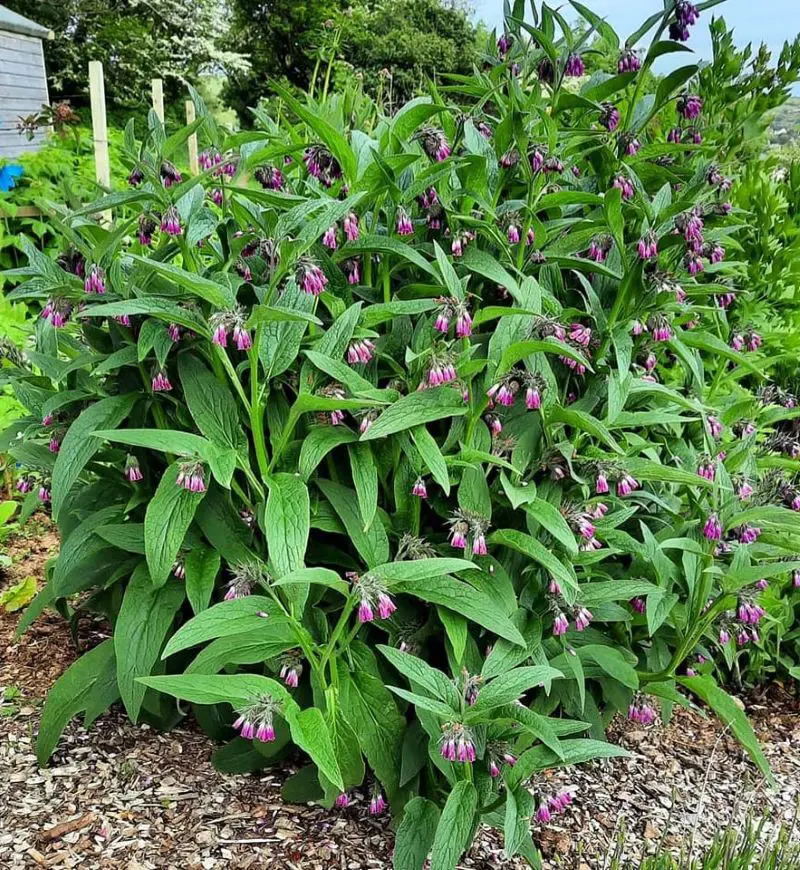What Are Hybrid Plants?
Well, let's not turn directly on "how" to create hybrid plants. Instead, let's first exactly understand what hybrid plants are. In simple terms, hybrid plants are the result of two different types of plants from the same species being combined. Imagine it like having parents from different countries, and the child gets special qualities from both.
This means you end up with a plant that might be stronger and have more attractive features, such as being resistant to diseases, having larger flowers, sweeter fruits, and many other benefits. To create hybrid plants, we need to mix the pollen from two different types of plants, which is like setting up a plant marriage.
Why Create Hybrid Plants?
The reasons for hybridizing plants are as varied as the plants themselves:
- Creating more disease-resistant varieties
- Developing better-tasting fruits and vegetables
- Producing more vibrant flower colors
- Improve plant hardiness
- Combining the best traits of different varieties.
- Experimenting with new plant characteristics
Types of Hybridization
1. Sexual Hybridization: You may have heard about this because it is the most familiar hybridization. It involves the fertilization of ovules from one plant by pollen from another. Sexual hybridization can be further divided into:
- Interspecific Hybridization: Crossing plants from dissimilar species within the same genus. Here is a simple example, the banana we eat today (Musa*paradisiaca) is a result of two crossed species (Musa acuminata (which was small and full of seeds) and Musa balbisiana (which was starchy and also seedy). As a result, we got the perfect banana-sweet, seedless, and with just the right texture.
- Intergeneric Hybridization: Crossing plants from different genera. Here is a simple example, if we hybridize wheat and rye (two completely different grain plants, like distant cousins) the resulting plant will called Triticale. The Triticale got the tasty, nutritious qualities from wheat. Likewise, the toughness and disease resistance from rye.
2. Somatic Hybridization: This is a more advanced technique, as it involves fusing the cells (protoplasts) of two different plant species in vitro (in a controlled environment). This method allows for the combination of genetic material without the constraints of sexual compatibility. The perfect example of this hybridization would be "pomato"- a plant created by fusing potato and tomato cells. This plant can grow tomatoes above ground and potatoes underground. Interesting, right?
